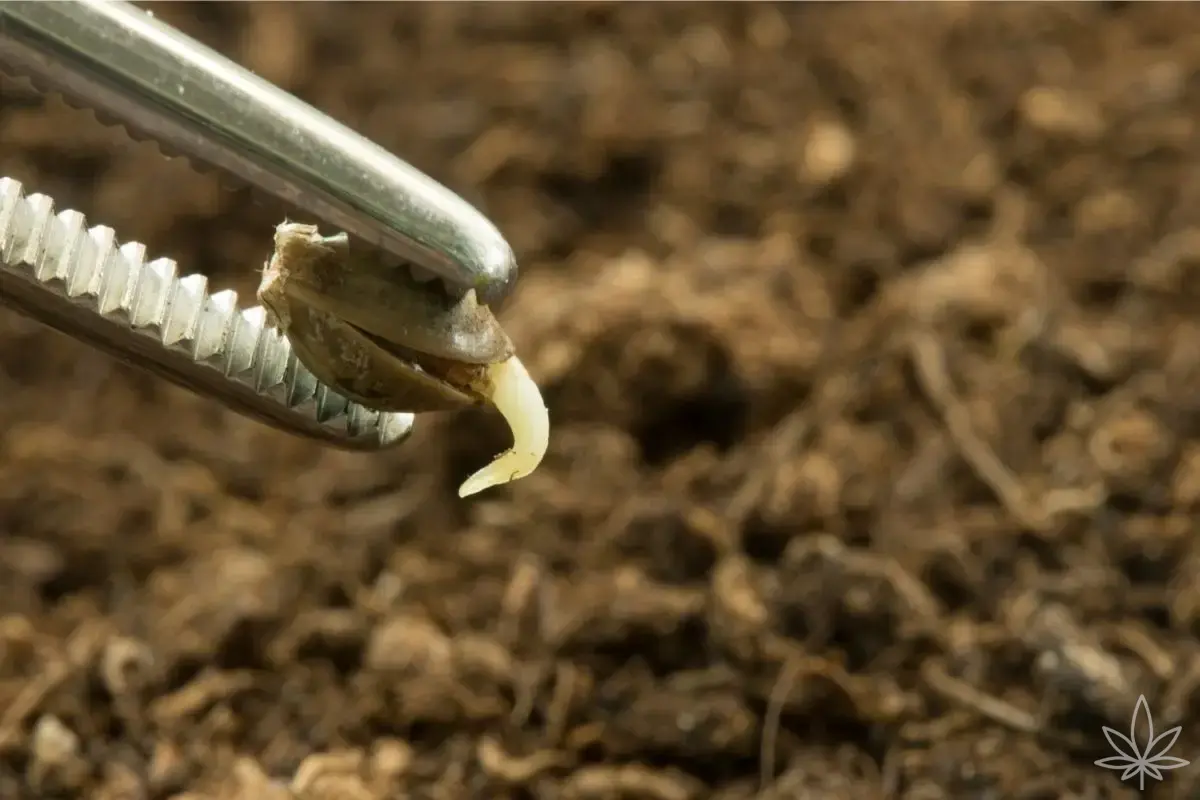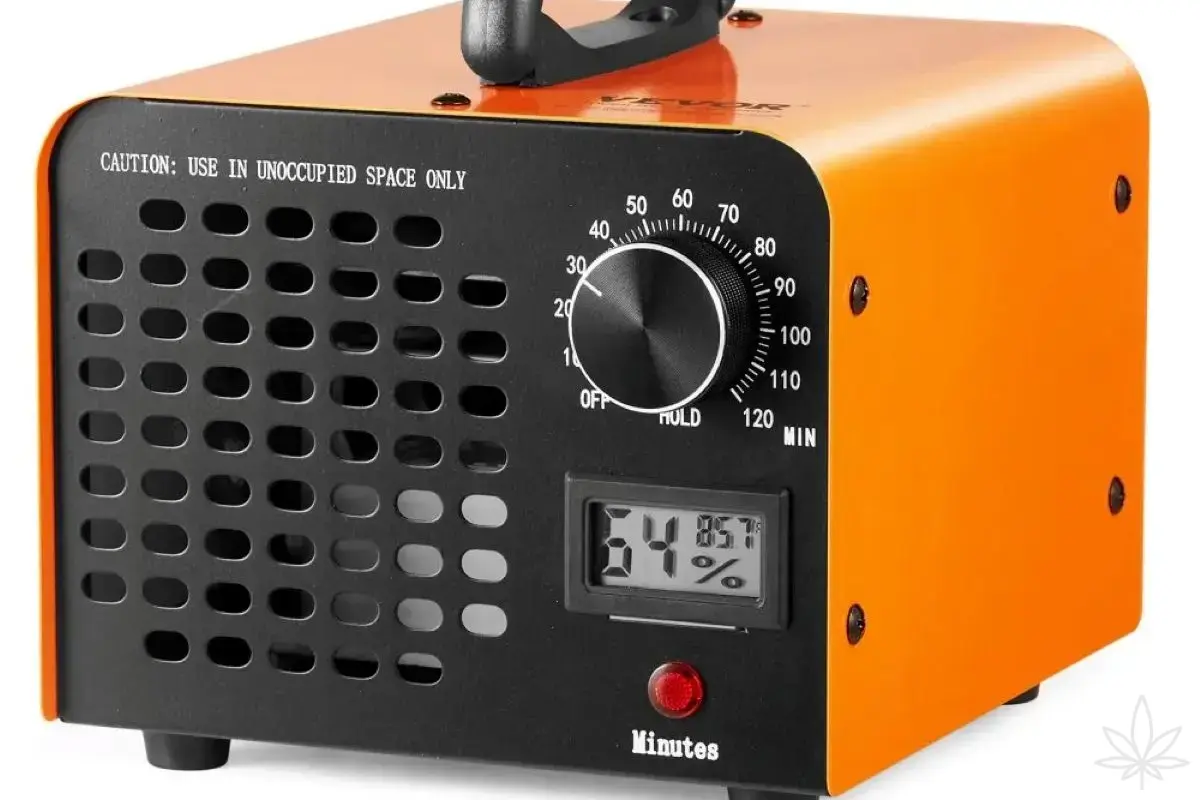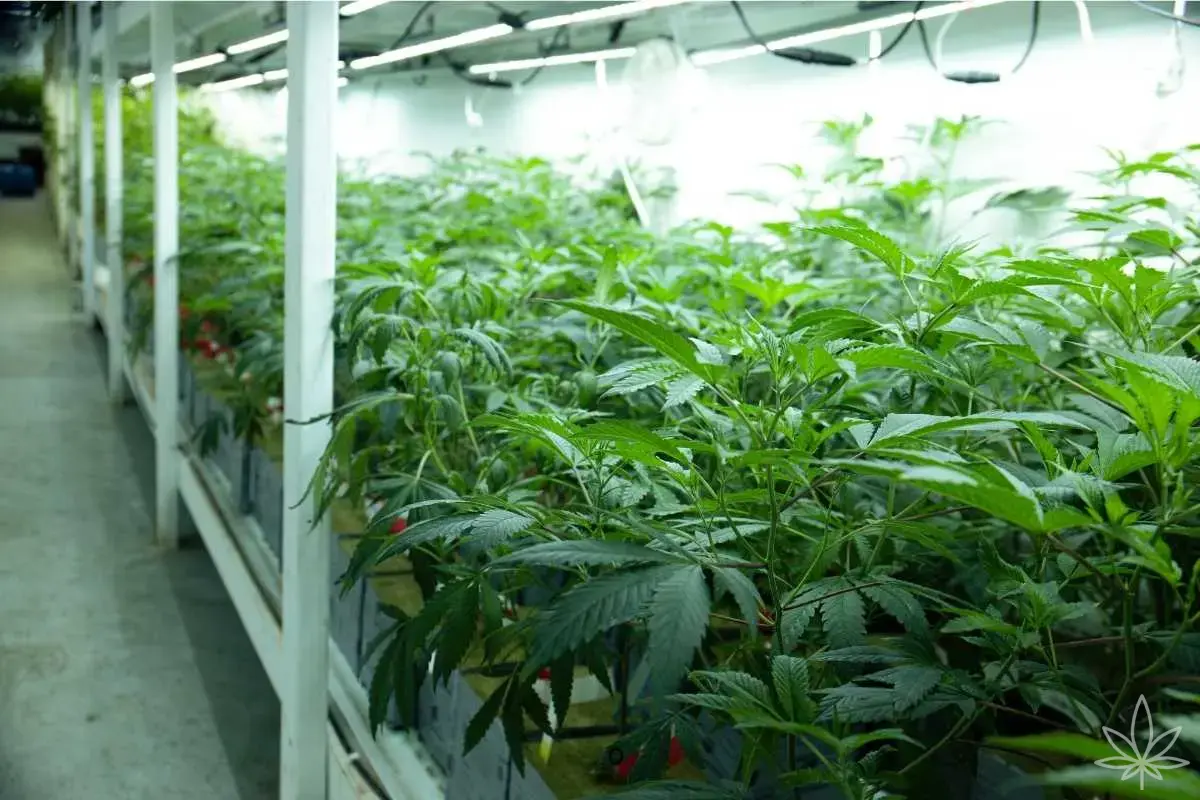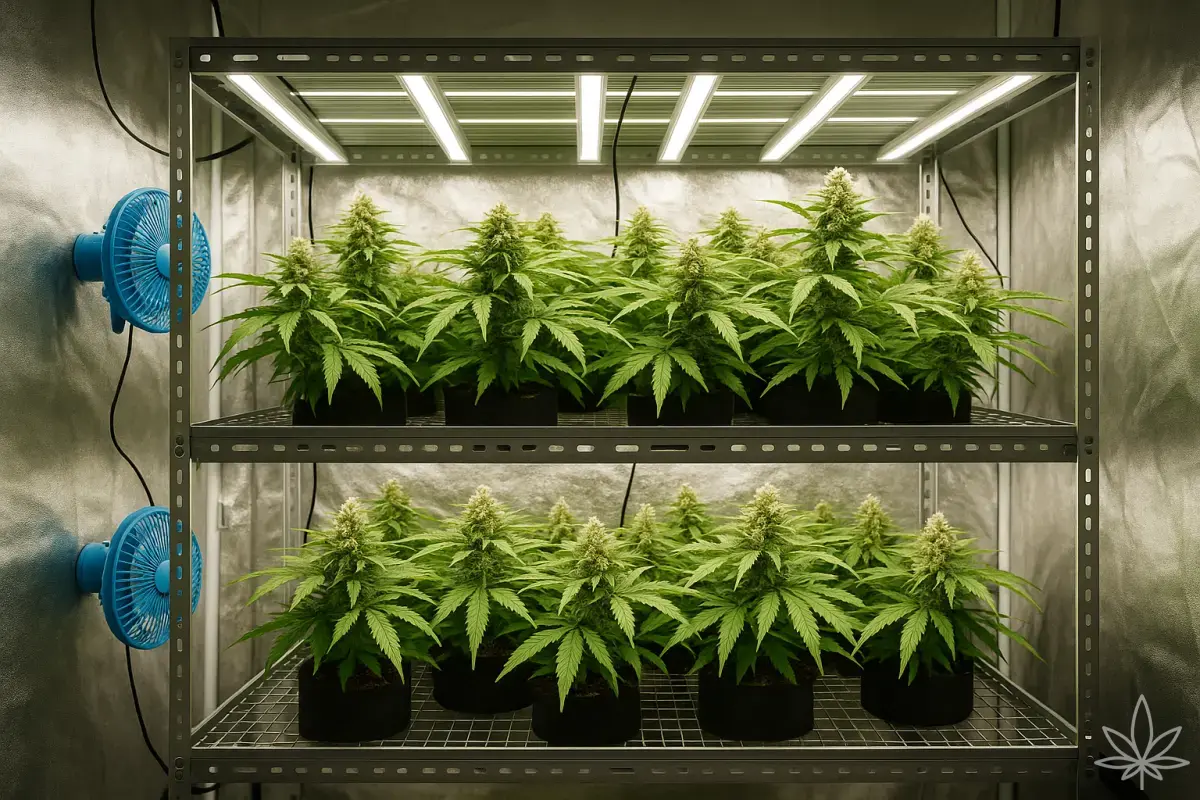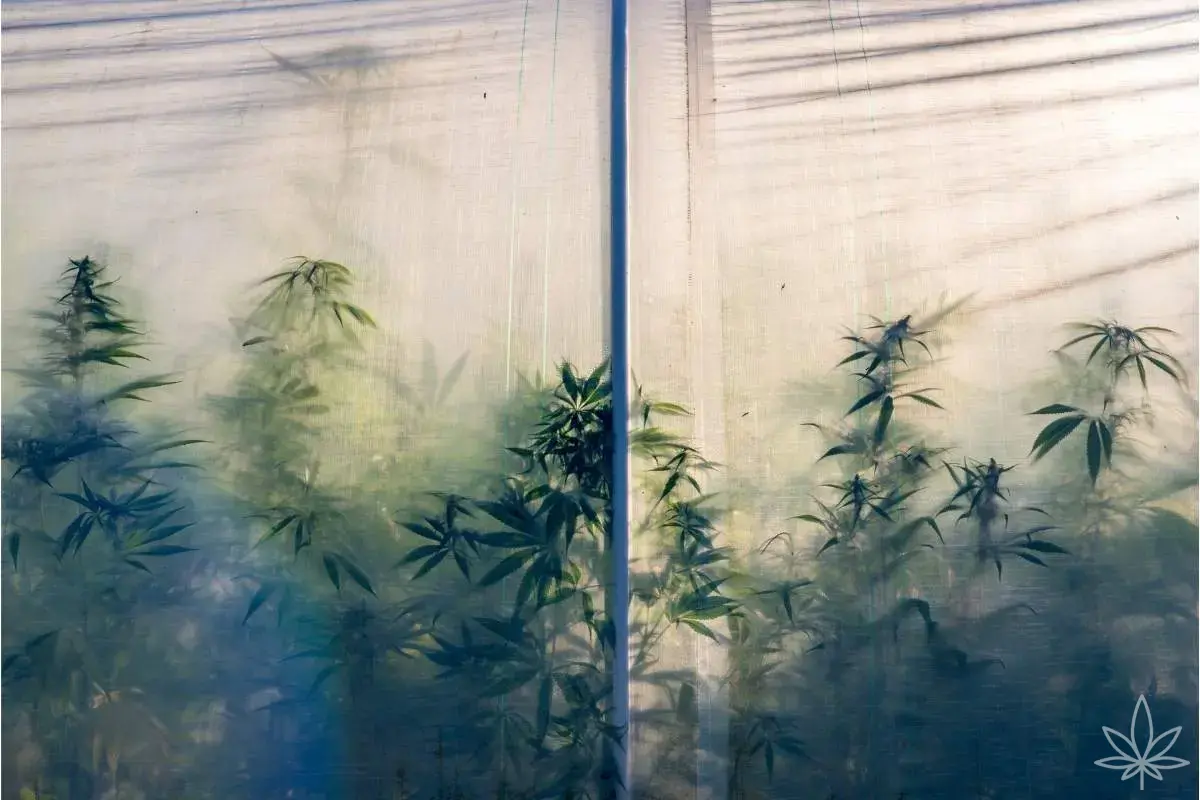Every grower remembers their first run: full of excitement but also plenty of uncertainty. The internet tempts you with pictures of giant, sparkling buds, seedbank catalogs promise miracles. But at the start, the same questions always come up: Which seeds should I choose? What equipment do I really need? Can I do it without experience?
This guide is for you – a clear path from a tiny seed to aromatic flowers ready to enjoy. No hype, no overcomplications, just practical tips, numbers, and tricks that really work.
1. Choosing seeds – the foundation of your grow
Everything begins with the seed.
Types of seeds
- Feminized – 99% chance of female plants that will flower. Best for beginners.
- Regular – mix of male and female. More difficult, since you must remove males before they pollinate.
- Autoflower – switch to flowering automatically after 3–4 weeks. Short cycle (70–90 days seed to harvest), smaller plants.
💡 For beginners, feminized photoperiod seeds are ideal – they give the best balance of yield and simplicity.
Where to buy
Reputable online seedbanks – e.g. Royal Queen Seeds, Barney’s Farm, Fast Buds. Price for quality genetics: 7–12 EUR per seed. Don’t skimp – weak genetics = weak yields.
2. Germination – the first breath of life
The easiest method: between damp paper towels.
- Moisten a paper towel, place seeds inside, cover with another towel, keep in a small container.
- Store in a dark, warm place (22–26°C).
- After 24–72 h, a white taproot should appear.
Alternatives: rockwool cubes, jiffy pellets.
👉 Pro tip: don’t touch sprouts with bare fingers. Use tweezers to move them into soil or coco.
3. Vegetative phase – building the green mass
Light
- Indoor: 18 h light / 6 h darkness.
- Outdoor: natural sunlight in spring and summer.
Medium (growing substrate)
- Soil – easiest for beginners. Quality premade mixes cost 10–15 EUR per 50 L bag.
- Coco – faster growth, but requires nutrients from the start.
- Hydro – fast and productive, but not beginner-friendly.
Nutrients
A simple Grow–Bloom–Micro set (e.g. Advanced Nutrients, BioBizz) is enough. Cost: 40–50 EUR for a full grow.
Parameters
- Temperature: 22–28°C.
- Humidity: 50–70%.
- Watering: less often but thoroughly. Rule: let pots dry out before watering again.
4. Flowering phase – where the magic happens
Switch to flowering:
- Indoor: change to 12 h light / 12 h dark.
- Outdoor: triggered naturally as summer days shorten.
What changes
- Plants may stretch ×2–3 in size.
- Pistils (white hairs) appear, then dense buds.
- Nutrients: reduce nitrogen, increase phosphorus and potassium.
Odor control
Indoors, use a carbon filter (70–100 EUR). By week 6–7 of flowering, the smell can overwhelm the whole building.
5. Harvest – the big finale
Most important: watch the trichomes (loupe ×60, USB microscope).
- 70% cloudy + 20–30% amber = optimum potency and balance.
- Don’t rely only on pistil color!
Cut entire plants or harvest branch by branch.
6. Drying and curing – unlocking taste and potency
Drying
- Hang branches in a dark, ventilated room.
- Temperature: 18–22°C, humidity 50–60%.
- Time: 7–14 days, until stems snap rather than bend.
Curing
- Place dried buds in airtight glass jars.
- Open jars daily for 10–15 minutes during the first 2 weeks.
- After 4–6 weeks, aroma and potency reach their peak.
Table – example grow calendar (feminized photoperiod)
| Stage | Duration | Notes |
|---|---|---|
| Germination | 2–7 days | 22–26°C, moist, dark |
| Vegetative | 4–6 weeks | 18/6 light, light feeding |
| Flowering | 8–10 weeks | 12/12 light, odor control |
| Drying | 1–2 weeks | 20°C, 50–60% RH |
| Curing | 4–8 weeks | Glass jars, daily burping |
FAQ – common beginner questions
Can I grow without nutrients?
Yes, with good quality all-mix soil, the plant can thrive for the first 3–4 weeks. But for full potential, add basic nutrients.
How much does a first grow cost?
- Seeds: 30–50 EUR (pack of 5).
- Soil and pots: 20–30 EUR.
- Nutrients: 40–50 EUR.
- LED light 300 W: 200–250 EUR.
Total: about 300–400 EUR investment.
What yield can I expect?
Indoors with a 300 W LED: 150–250 g per run. Outdoors – highly weather-dependent, but 300–500 g per plant is realistic.
Conclusion
Your first cannabis grow is a journey. From the moment a tiny seed cracks open to the day you harvest aromatic buds – the process is full of learning and satisfaction.
Remember:
- Keep it simple – start with soil, feminized seeds, and basic nutrients.
- Watch your plants – they’ll show you what they need.
- Patience is key – don’t rush the harvest or drying.
Your first grow won’t be perfect, but it will be yours. And when you finally smoke your own flowers, you’ll never look at cannabis the same way again.

